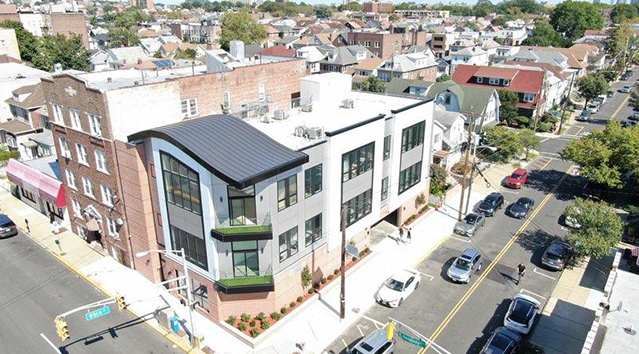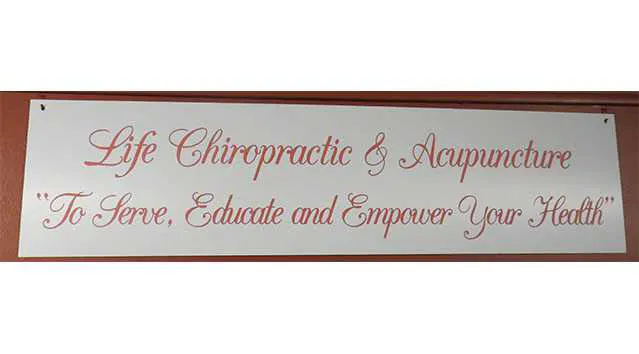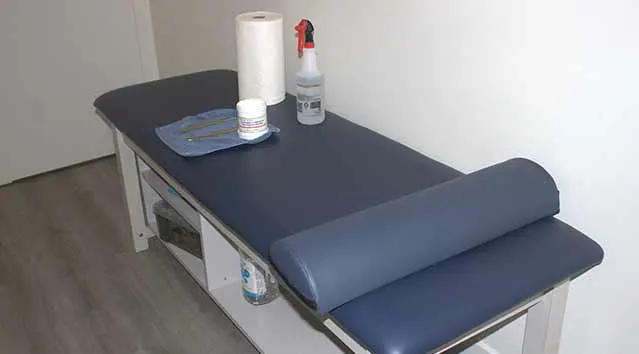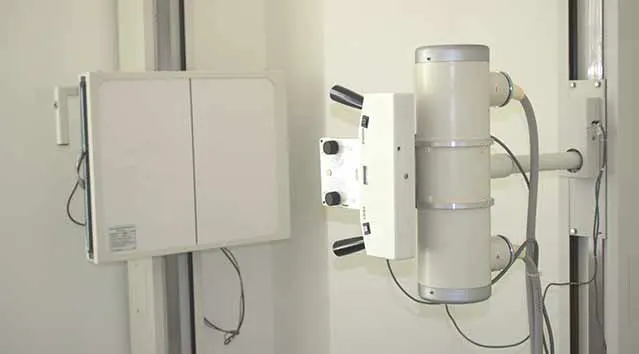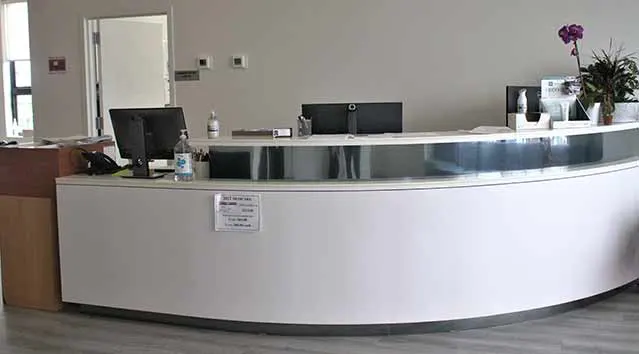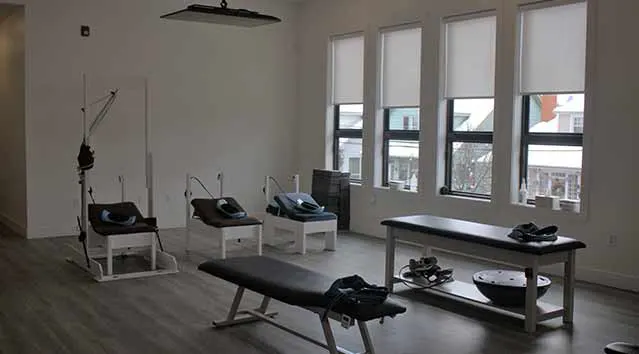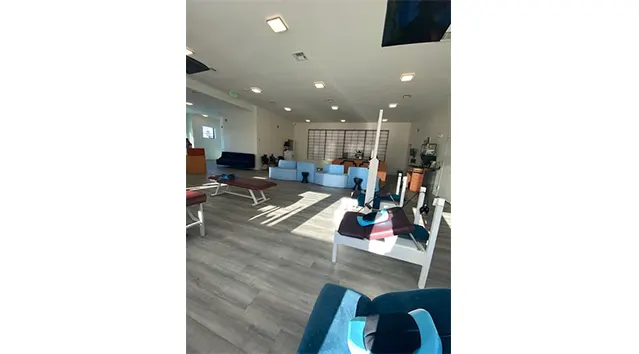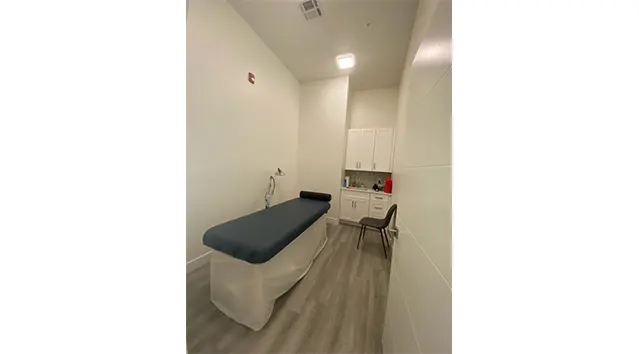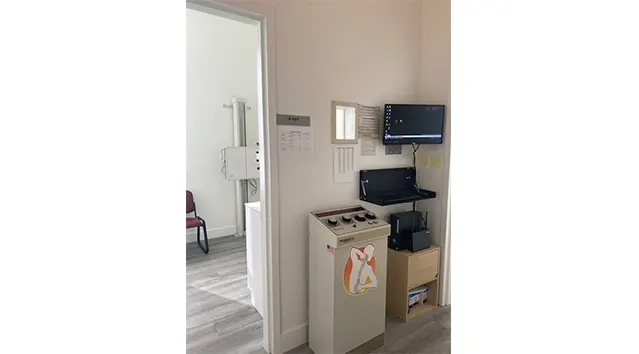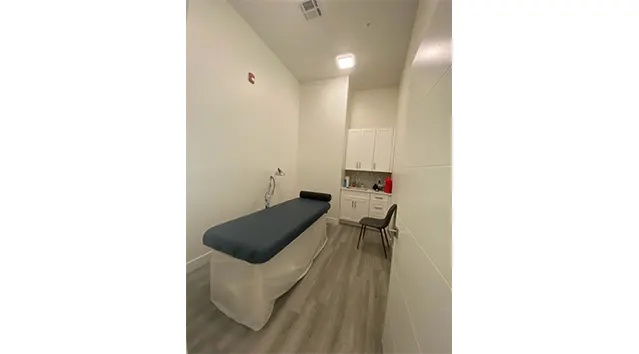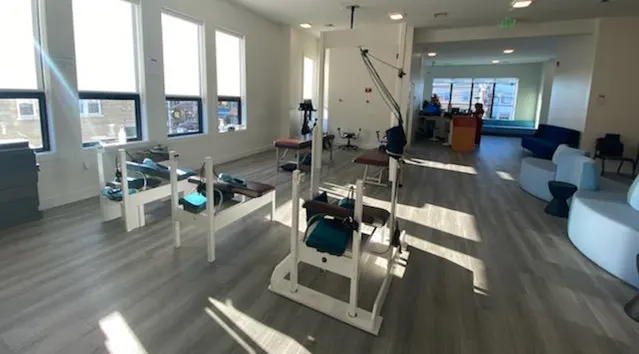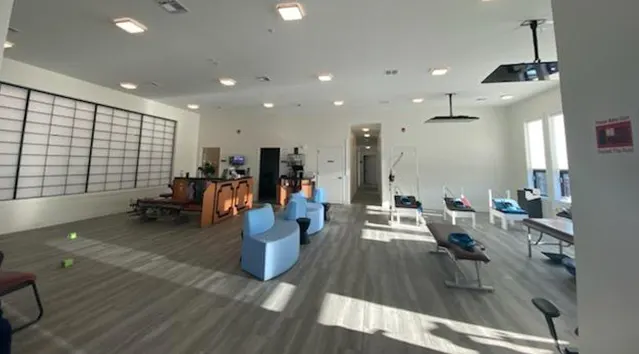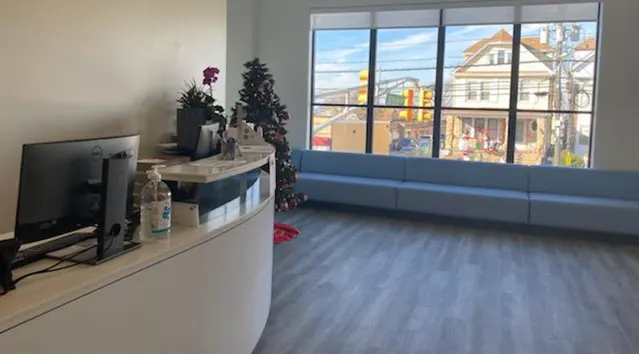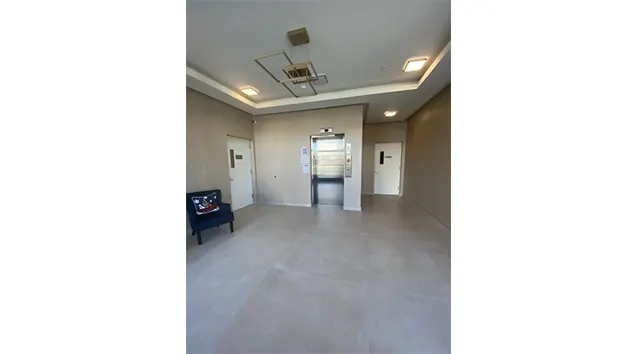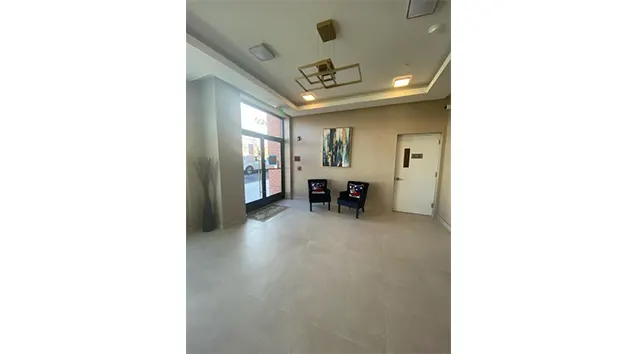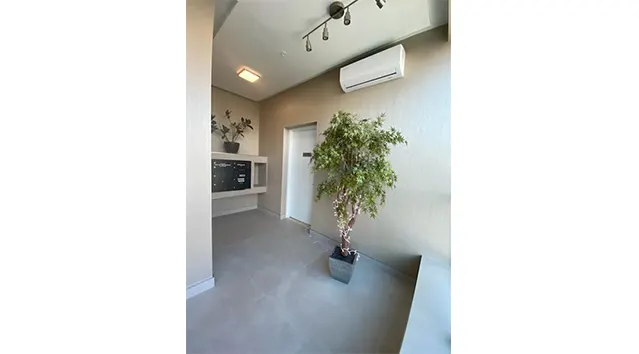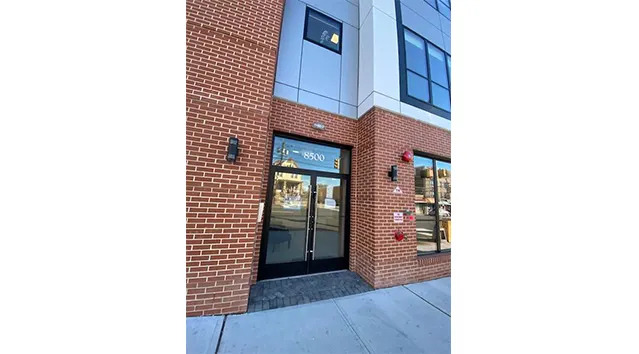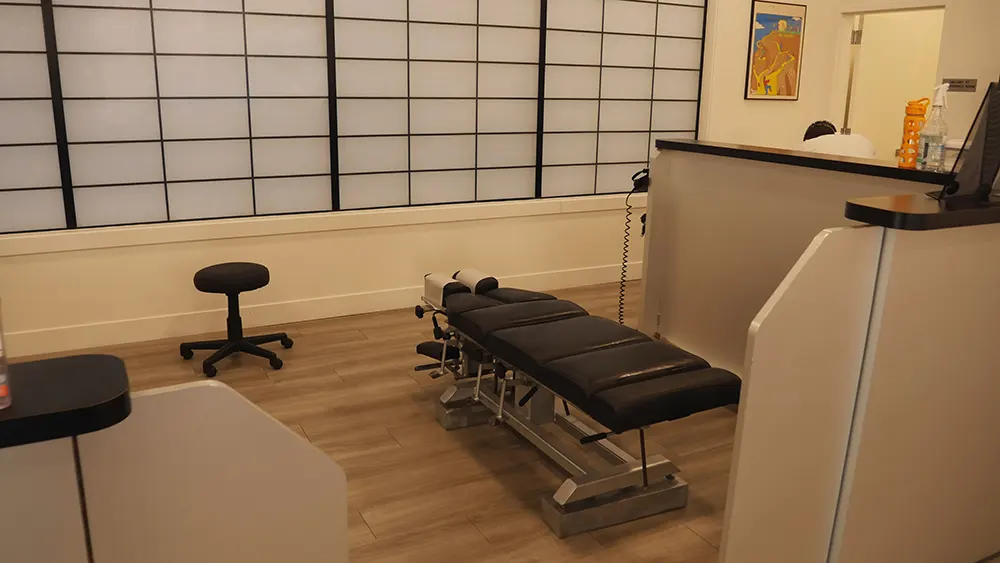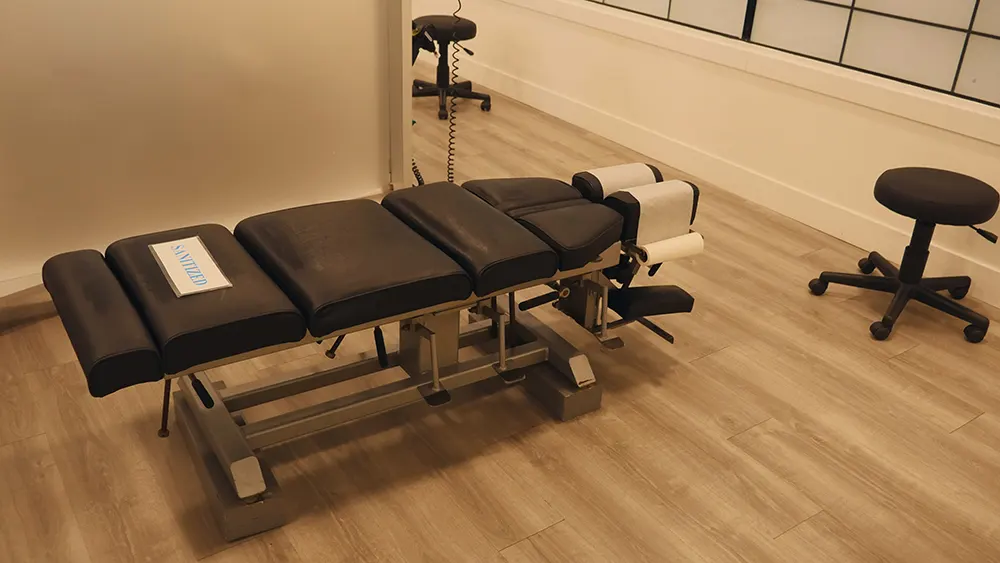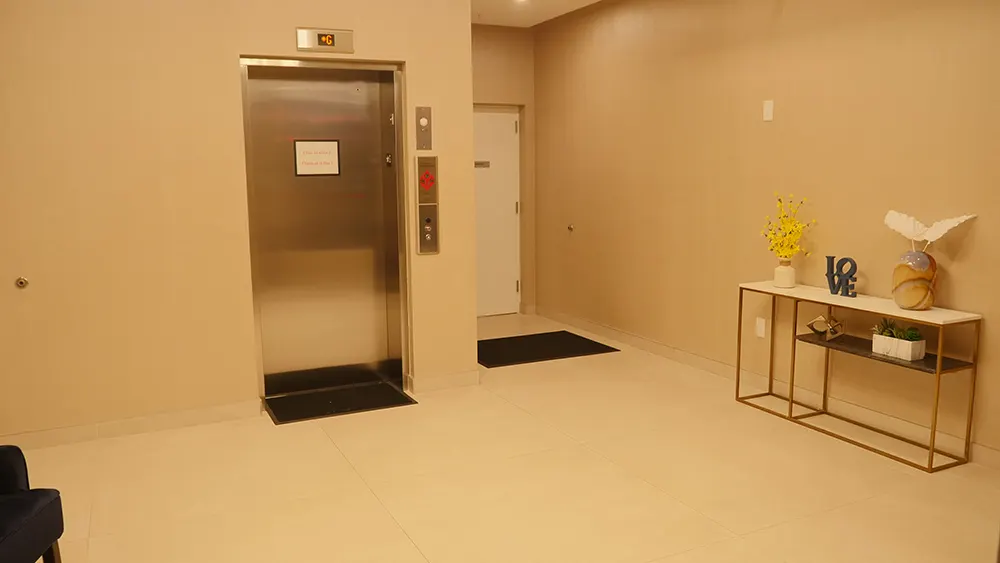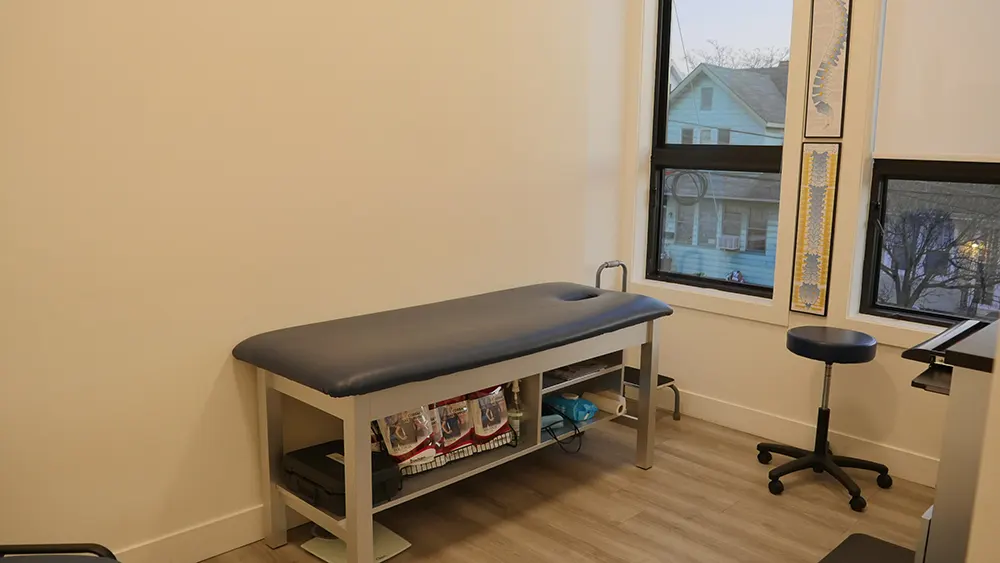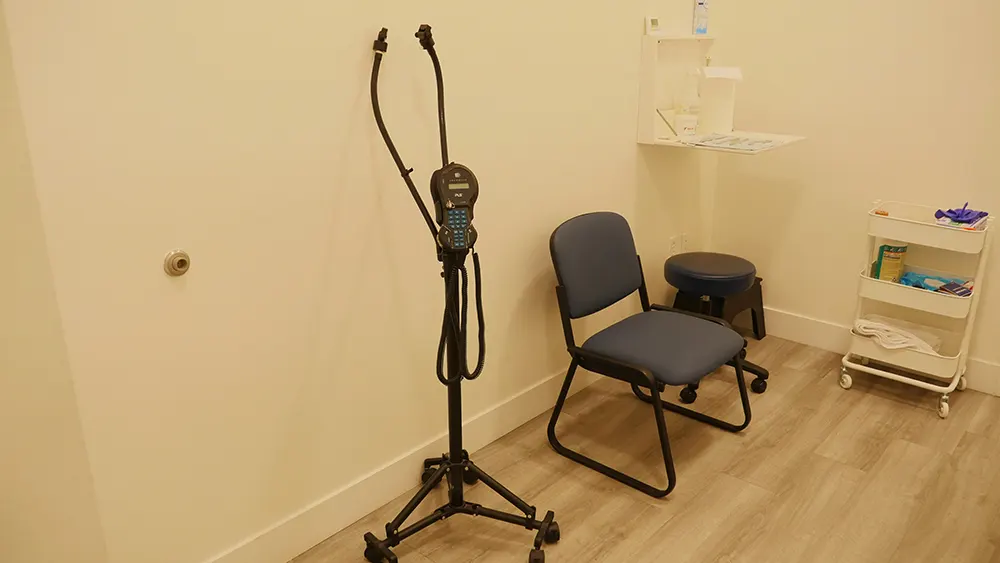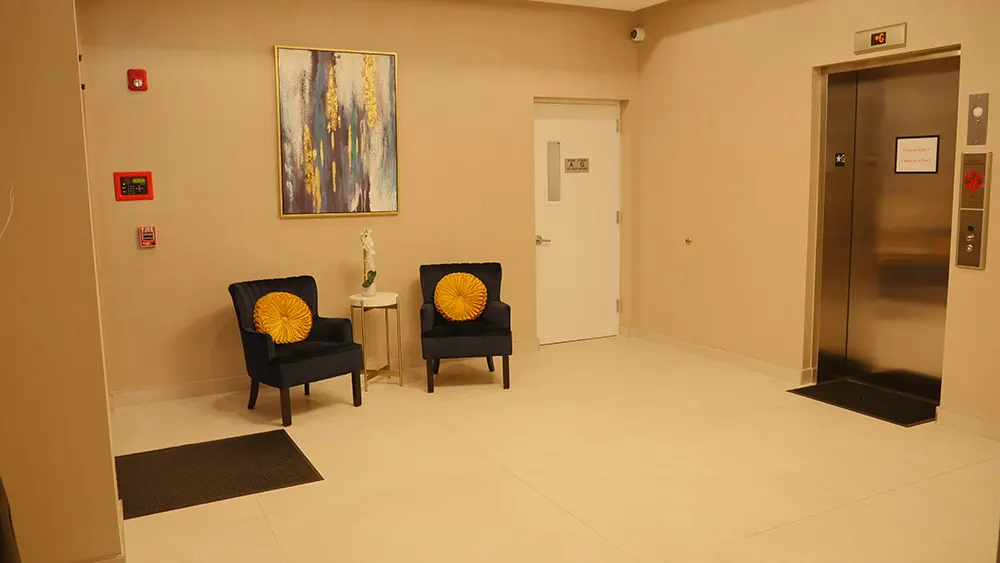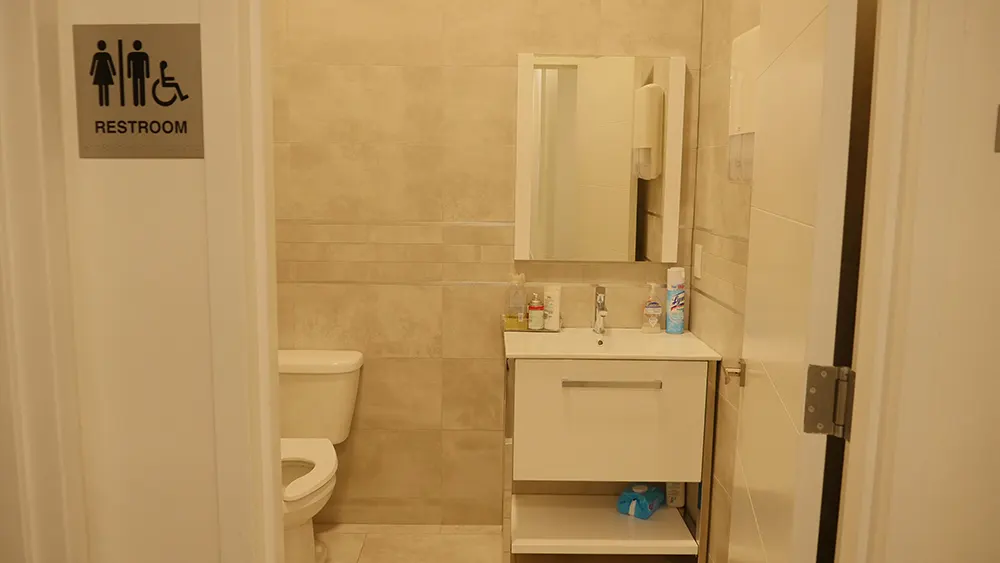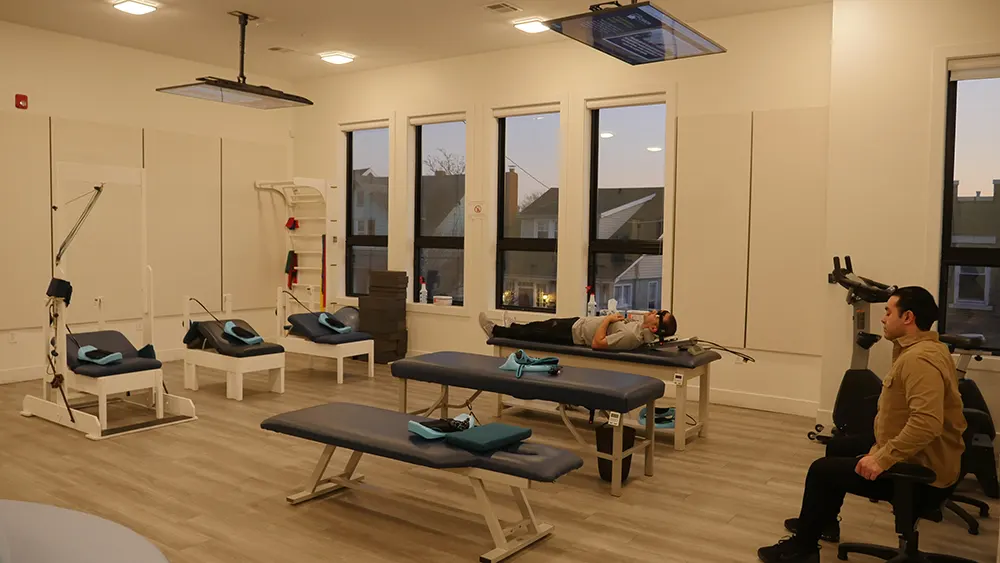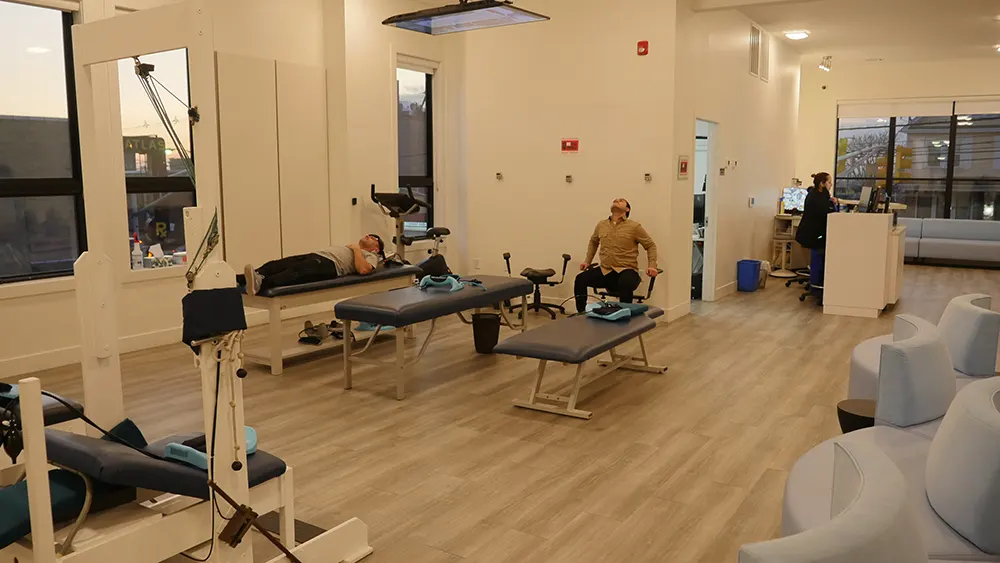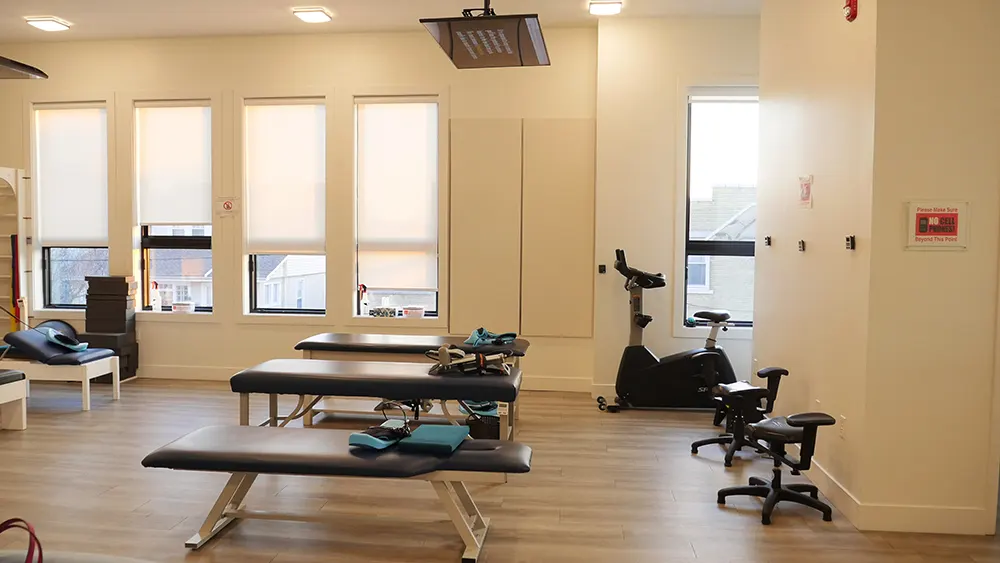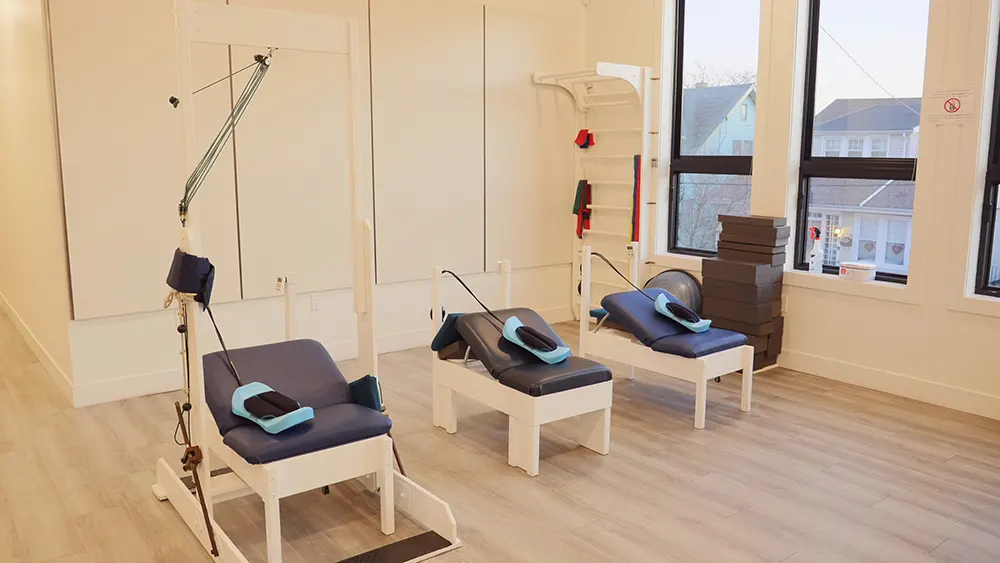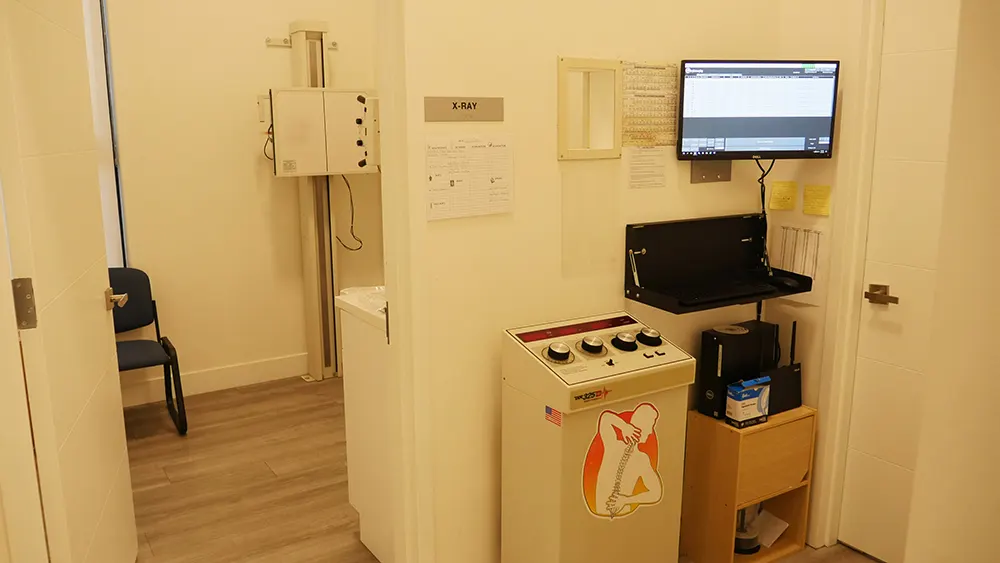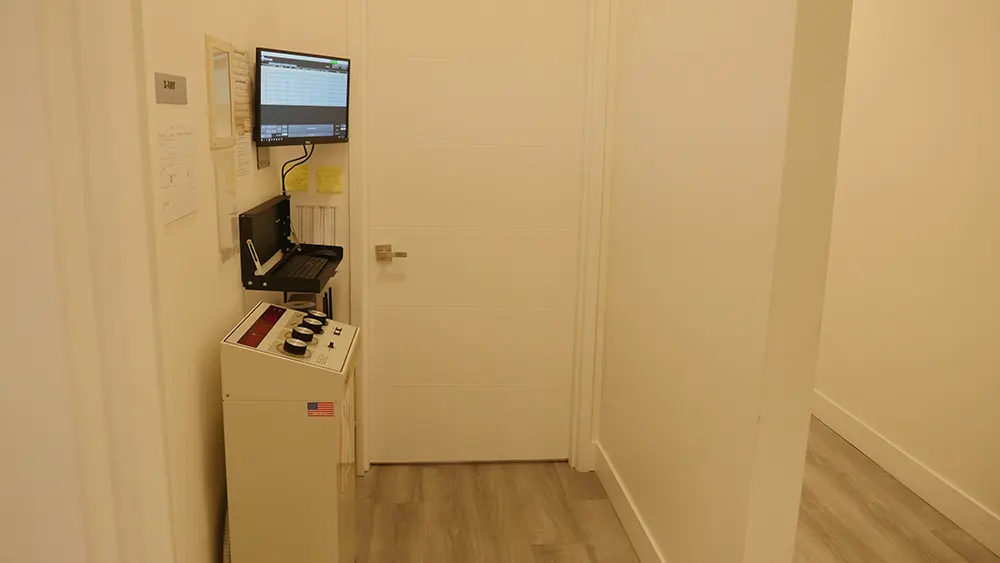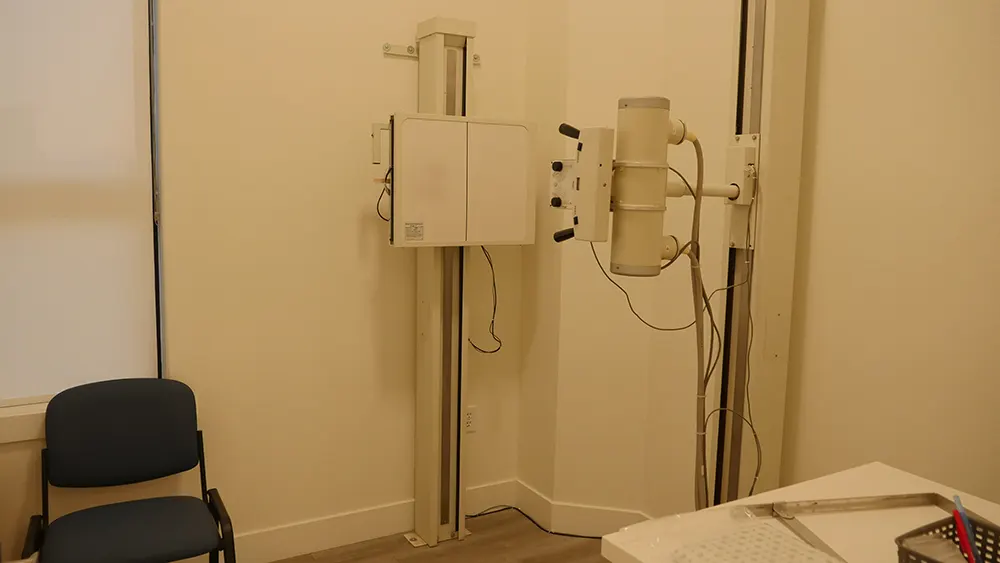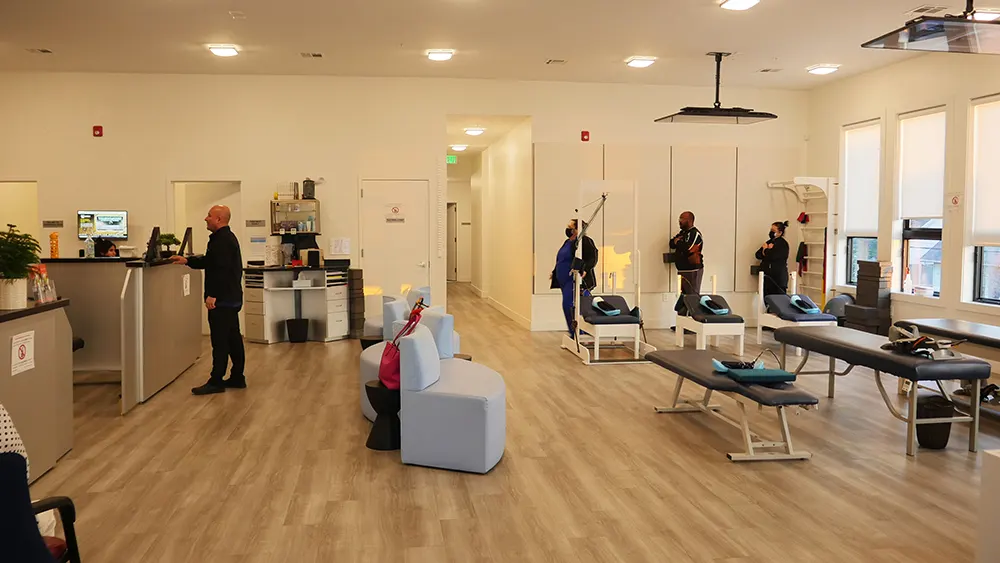
Hijama, also known as wet cupping or medicinal cupping, is an ancient therapeutic practice that involves the application of cups to the skin to create a vacuum effect and draw out stagnant or congested blood. It is a traditional form of alternative medicine and has been practiced for centuries in various cultures, including Islamic, Chinese, and Greek civilizations.
Here's how the Hijama process typically works:
Preparation: The patient's skin is cleaned and sterilized at the site where the cups will be applied. The practitioner may also make small incisions or scratches on the skin to allow for the release of blood.
Cup Application: Cups made of glass, plastic, or bamboo are placed on the skin. The cups are heated or use a suction pump to create a vacuum, which causes the skin and underlying tissues to be drawn up into the cup.
Suction and Blood Drawing: The cups are left in place for a few minutes, during which the suction draws stagnant or congested blood to the surface. If incisions were made, the suction may also draw a small amount of blood from the incisions.
Cup Removal: After a few minutes, the cups are removed, and the practitioner may apply antiseptic ointments or dressings to the cupped area.
Hijama is believed to have various therapeutic effects, including:
Blood Detoxification: By removing stagnant blood and toxins, Hijama is thought to improve blood circulation and promote detoxification.
Pain Relief: Some people believe that Hijama can help alleviate musculoskeletal pain and reduce inflammation.
Boosting Immunity: Advocates of Hijama claim that it can strengthen the immune system and improve overall health.
Relieving Congestion: The practice is also believed to help relieve congestion and treat certain respiratory conditions.
If you are considering Hijama or any other alternative therapy, contact Life Chiropractic & Acupuncture to discuss your individual health needs and to ensure that the treatment is appropriate for your condition.





